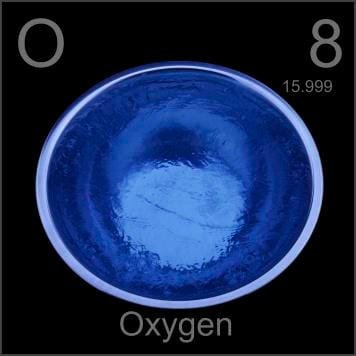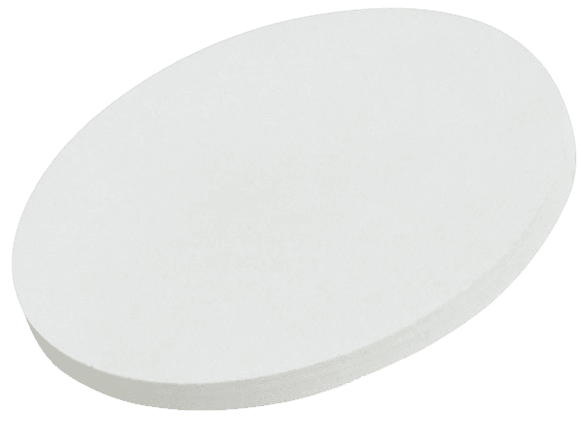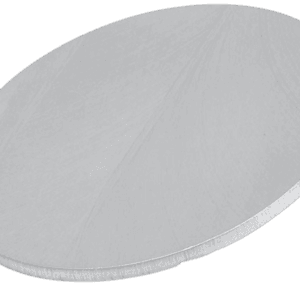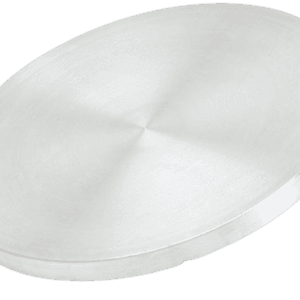Europium Oxide Sputtering Target Description
The Europium Oxide Sputtering Target from TFM is an oxide sputtering material with the chemical formula Eu2O3.
 Europium is a chemical element named after the continent of Europe. It was first mentioned and observed by E.-A. Demarçay in 1896, who also later accomplished and announced its isolation. The chemical symbol for europium is “Eu,” and its atomic number is 63. Europium is located in Period 6, Group 3 of the periodic table, within the f-block. Its relative atomic mass is 151.964(1) Dalton, with the number in brackets indicating the measurement uncertainty. Europium is widely used in phosphorescent and fluorescent applications, such as in TV screens and LED lights, due to its ability to emit red and blue light.
Europium is a chemical element named after the continent of Europe. It was first mentioned and observed by E.-A. Demarçay in 1896, who also later accomplished and announced its isolation. The chemical symbol for europium is “Eu,” and its atomic number is 63. Europium is located in Period 6, Group 3 of the periodic table, within the f-block. Its relative atomic mass is 151.964(1) Dalton, with the number in brackets indicating the measurement uncertainty. Europium is widely used in phosphorescent and fluorescent applications, such as in TV screens and LED lights, due to its ability to emit red and blue light.
Related Product: Europium Sputtering Target
 Oxygen is a chemical element that originated from the Greek ‘oxy’ and ‘genes’ meaning acid-forming. It was first mentioned in 1771 and observed by W. Scheele. The isolation was later accomplished and announced by W. Scheele. “O” is the canonical chemical symbol of oxygen. Its atomic number in the periodic table of elements is 8 with a location at Period 2 and Group 16, belonging to the p-block. The relative atomic mass of oxygen is 15.9994(3) Dalton, the number in the brackets indicating the uncertainty.
Oxygen is a chemical element that originated from the Greek ‘oxy’ and ‘genes’ meaning acid-forming. It was first mentioned in 1771 and observed by W. Scheele. The isolation was later accomplished and announced by W. Scheele. “O” is the canonical chemical symbol of oxygen. Its atomic number in the periodic table of elements is 8 with a location at Period 2 and Group 16, belonging to the p-block. The relative atomic mass of oxygen is 15.9994(3) Dalton, the number in the brackets indicating the uncertainty.
Europium Oxide Sputtering Target Application
The europium oxide sputtering target is used for thin film deposition, decoration, semiconductor, display, LED and photovoltaic devices, functional coating as nicely as other optical information storage space industry, glass coating industry like car glass and architectural glass, optical communication, etc.
Packaging
Our Europium Oxide Sputtering Targets are meticulously tagged and labeled externally to ensure efficient identification and maintain strict quality control. We take great care to prevent any damage during storage and transportation, ensuring the highest standards of product integrity upon delivery.
Get Contact
TFM offers Europium Oxide Sputtering Targets in various forms, purities, sizes, and prices. We specialize in high-purity thin film deposition materials with optimal density and minimal grain sizes, which are ideal for semiconductor, CVD, and PVD applications in display and optics. Contact Us for current pricing on sputtering targets and other deposition materials that are not listed.





Reviews
There are no reviews yet.